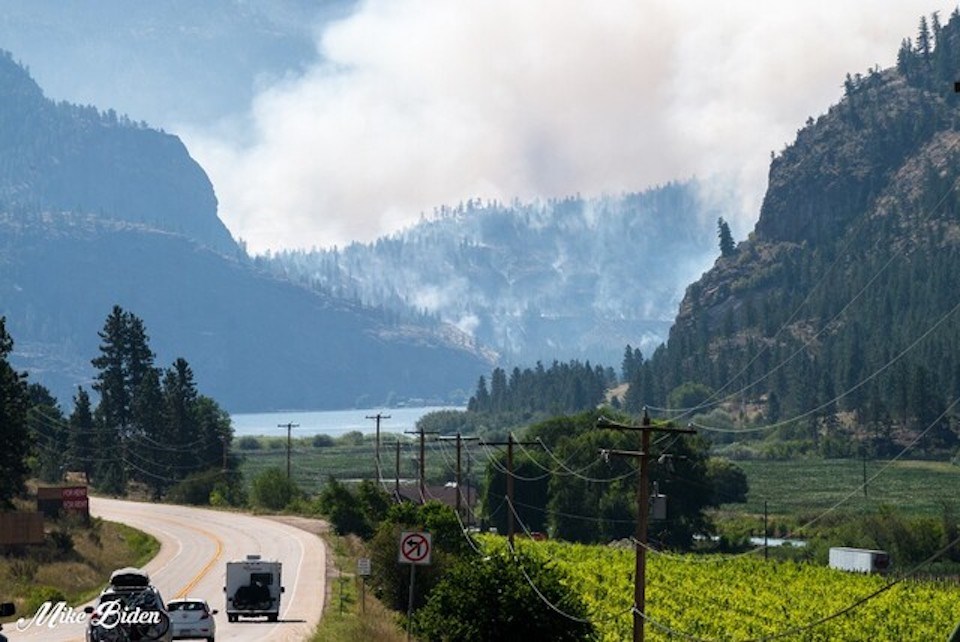A study has found that people living near wildfires have a slightly greater risk of lung cancer and brain tumours.
The study from McGill University published in The Lancet found that people who have been exposed to a wildfire within 50 kilometres of their home in the past decade have a 4.9 per cent higher chance of lung cancer and 10 per cent higher chance on brain tumours.
The massive study included more than two million people between the ages of 25 and 90, excluding recent immigrants and residents of major cities with a population of more than 1.5 million people.
“This study provides the first epidemiological data that suggest long-term exposure to wildfires might be associated with an elevated risk of lung cancer and brain tumours,” says the study’s discussion.
“These findings are relevant on a global scale given the anticipated effects of climate change on wildfire frequency and severity.”
The researchers, however, caution against jumping to conclusions and suggest more study is needed.
“Because this is the first epidemiological study investigating associations between wildfires and cancer risk, we emphasize that a causal effect cannot be ascertained from this single study,” the study discussion continues, adding “further work is needed.”
The researchers also noted that the harmful impacts of wildfires appear to linger locally after they are extinguished.
In addition to impacts on air quality, wildfires also pollute aquatic, soil, and indoor environments. While some pollutants return to normal concentrations shortly after the fire has stopped burning, other chemicals might persist in the environment for long periods of time, including heavy metals and hydrocarbons.
“Exposure to harmful environmental pollutants might continue beyond the period of active burning through several routes of exposure,” says Scott Weichenthal, an associate professor in the Department of Epidemiology at McGill University.




